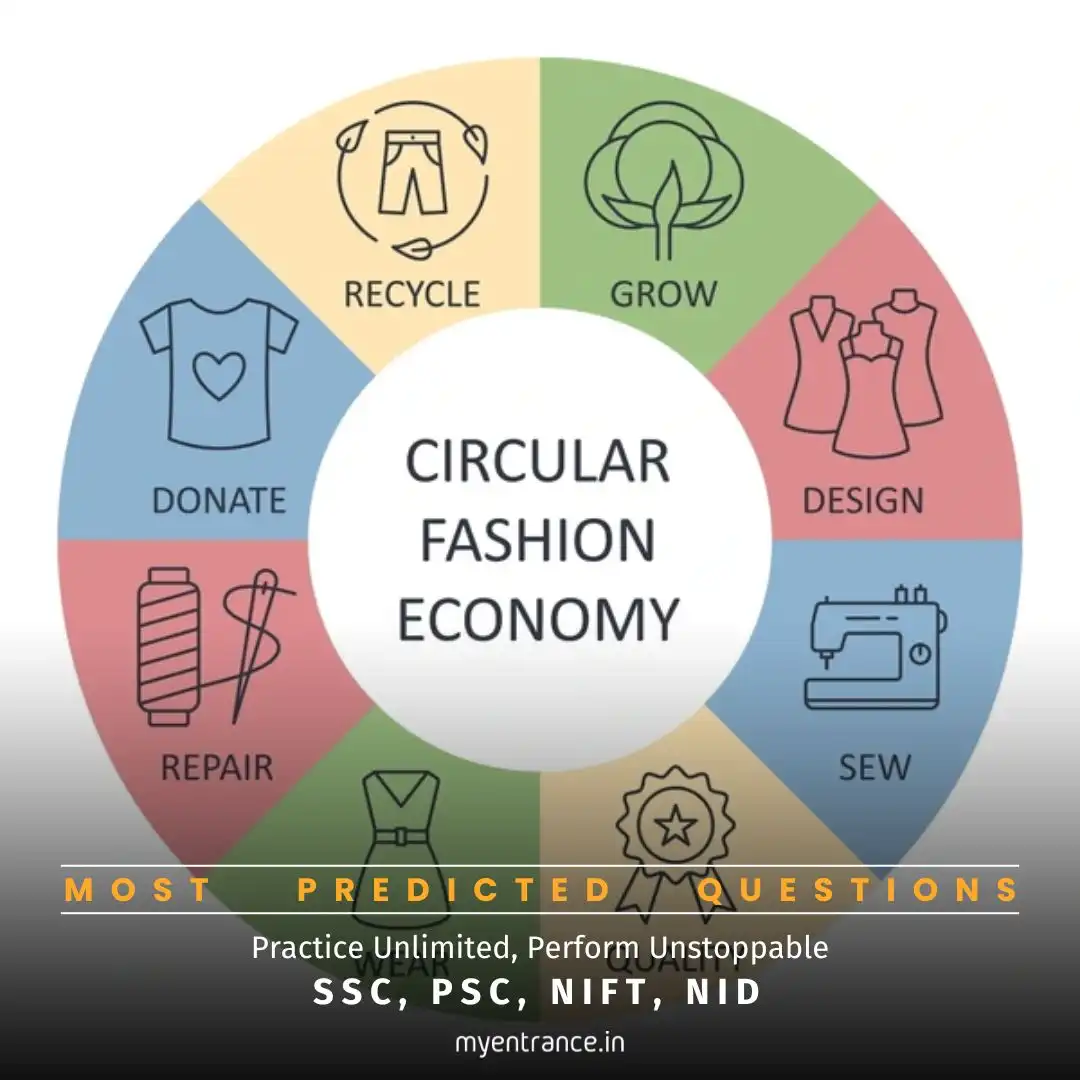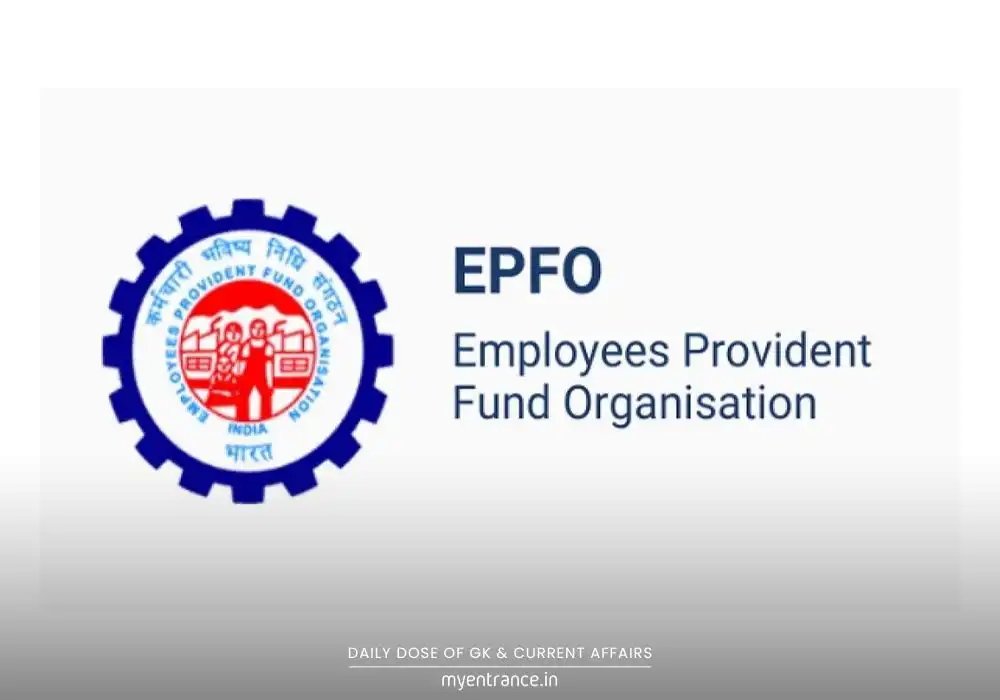Select Language
What Is a Circular Economy in Fashion & Why Is It Important for Design Exams?
The fashion industry is evolving, and sustainability is at its core. A circular economy for fashion aims to create a regenerative system where clothing never becomes waste. For design aspirants, understanding this concept is vital for competitive exams like NIFT, NID, FDDI, and SSC/PSC design-related tests.

Why Is This Important for Design Entrance Exams?
Current Trend: Sustainability is a hot topic in design exams, especially in NIFT, NID, and FDDI.
Industry Demand: Brands now prioritize eco-friendly practices, making this knowledge essential for future designers.
Exam Relevance: Questions on sustainable fashion, circular economy, and eco-design frequently appear in entrance tests.
Key Principles of a Circular Fashion Economy
1. High-Quality, Affordable, & Customizable Clothing
Clothes are durable, functional, and adaptable to personal styles.
Innovative business models (like rentals & customization) make fashion more accessible.
2. Maximizing Clothing Value During & After Use
Garments are reused, repaired, and recycled instead of being discarded.
Design aligns with recycling processes to minimize waste.
3. Powered by Renewable Energy & Resources
Fashion production shifts from fossil fuels to solar, wind, and bio-based materials.
Reduces environmental impact and increases sustainability.
4. True Cost Pricing (Including Environmental Impact)
Clothing prices reflect real environmental and social costs.
Encourages responsible production and consumer awareness.
5. Regenerates Nature & Eliminates Pollution
Uses regenerative farming (organic cotton, sustainable forestry).
Eliminates harmful microplastics, chemicals, and greenhouse gases.
6. Inclusive & Fair Economic Growth
Supports small and large businesses, ensuring equitable value distribution.
Promotes ethical labor practices and community benefits.
Sample Questions & Answers for Design Entrance Exams
Q1. What is a circular economy in fashion?
Ans: A system where clothing is designed to last, reused, and recycled to minimize waste and environmental harm.
Q2. Why is the circular economy important for sustainable fashion?
Ans: It reduces textile waste, conserves resources, and lowers pollution, making fashion more eco-friendly.
Q3. Name two business models that support a circular fashion economy.
Ans: Clothing rental services and upcycling/recycling programs.
Q4. How does regenerative agriculture benefit fashion sustainability?
Ans: It restores soil health, reduces chemical use, and produces sustainable raw materials like organic cotton.
Q5. What role do designers play in a circular fashion economy?
Ans: They create long-lasting, recyclable garments and adopt eco-friendly production techniques.
Final Thoughts
The circular economy is reshaping fashion, making sustainability a key focus for designers. For competitive exam aspirants, mastering this concept can boost scores and future career prospects. Stay updated with eco-design trends to stand out in NIFT, NID, FDDI, and other design exams!
Get 3 Months Free Access for SSC, PSC, NIFT & NID
Boost your exam prep!
Use offer code WELCOME28 to get 3 months free subscription. Start preparing today!















